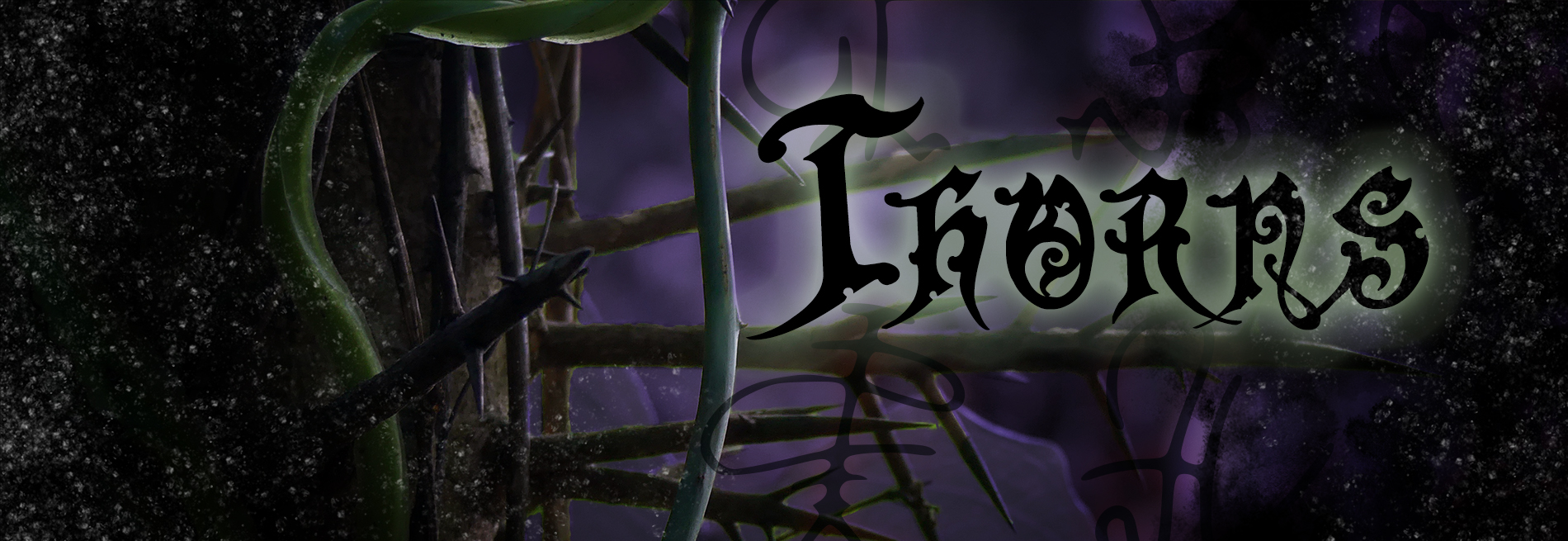Demonology
Just like Thaumaturgy and other Traditions focus on summoning spirits to aid thhe arcane practitioner, so does demonology. The reasoning is that by forcing an evil spirit into compliance, all of their power and cunning can be channeled towards the summoner's request. A demon will want to be free as soon as possible and therefore fulfill the request in order to move on. At least in theory.
Thorns
When something goes wrong and a practicioner is caught in the thorns of a branch while using demonology, it doesn't bode well for the archanist. This almost inevitable means loss of control and possibly exposing weaknesses, allowing for the entity to do much worse than just killing them.History
Demonology is one of the oldest form of Arcana, which is one reason it is as effective as it is. In its earlier forms it called mostly on dubious spirits of the lands or those who would make deals. With time, the arcane tradition became more advanced and able to contact specific demons or summon spirits for a specific task.
A lot changed for demonology with the works of Dee and Agrippa, though they were themselves focused on Thaumaturgy.
Execution
Much more of demonology focuses on how to protect yourself and command the entity you're bringing forth. The actual summoning is sometimes unpredictable as a result.
The summoner creates protection sigils around themselves and a summoning circle within a control circle that prevents the spirit from escaping or attacking. A breach in any of these is likely to be the end of the practitioner. Also, not all protections are equally useful against all possible spirits, and it might well be that the wrong ones have been chosen.
Common Branches
Conjuration Branch
Death Branch
Desire Branch
Fate Branch
Thorns Branch


Comments